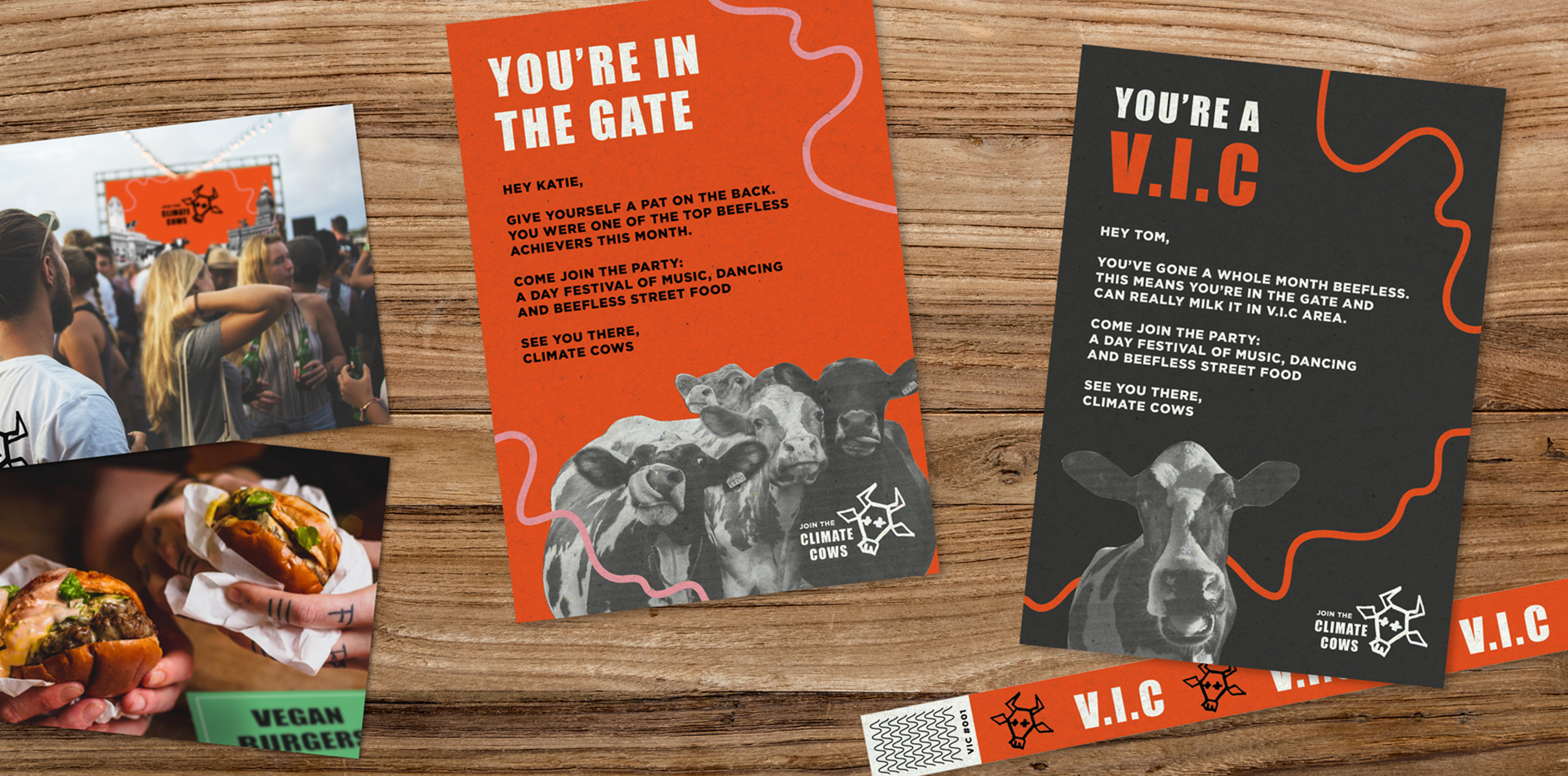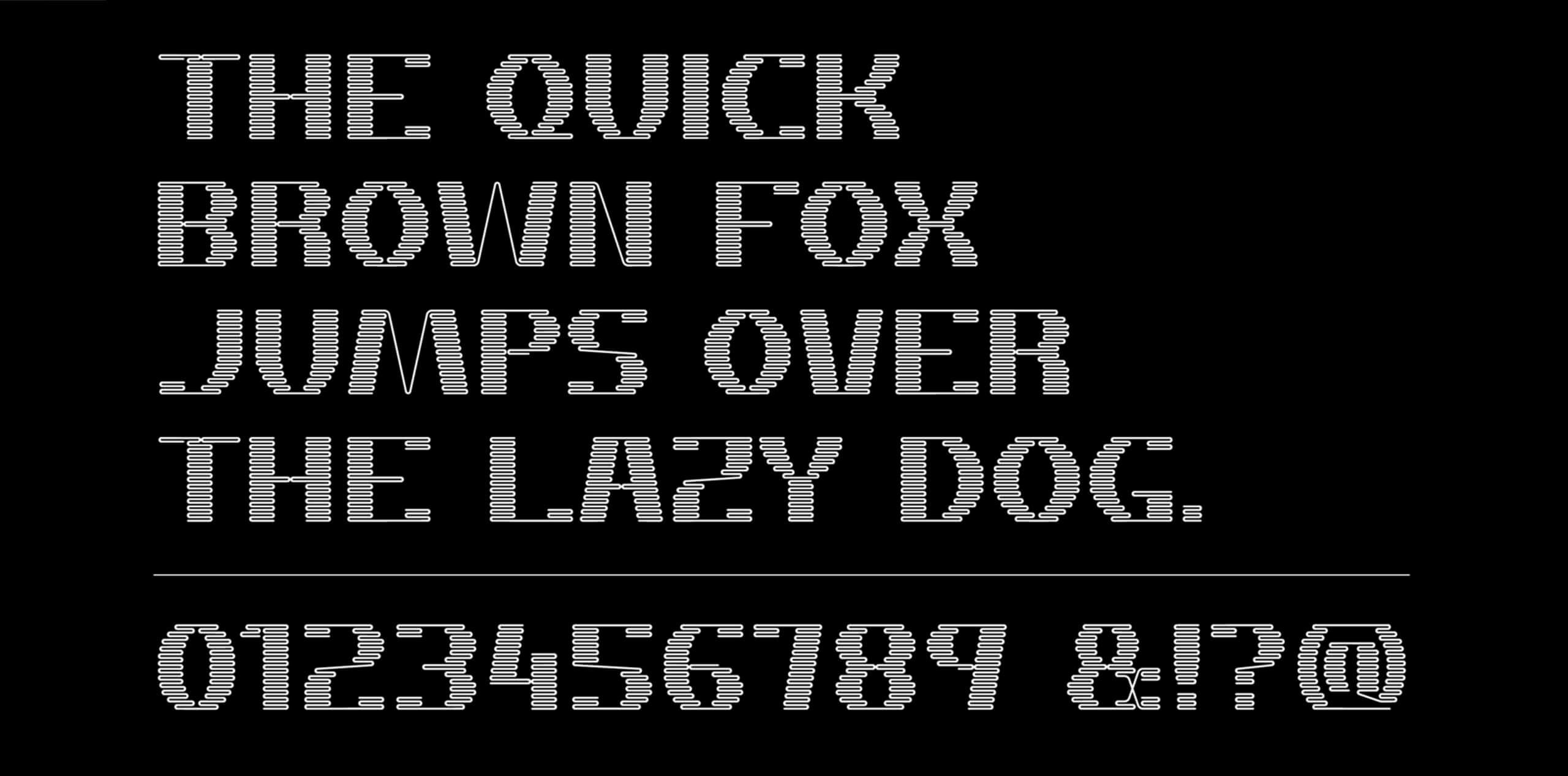As a 2020 graduate with a first class honours degree, Rebecca Burrows has experienced the challenges facing all new designers this year. Whilst studying Graphic and Communication Design at the University of Leeds, she took the option to complete a placement year. This gave her the invaluable experience of interning at four different agencies, including branding specialists Pollitt and Partners and design and packaging agency Free The Birds in London. Rebecca believes that this experience has been hugely beneficial, allowing her to realise her passion for branding, make connections and giving her understanding of the variety of job roles and sectors in the industry.
With a background in Fine Arts, Rebecca has a vibrant and confident design style, combining her skills in drawing with design and typography and successfully applying them to graphic design briefs. Typography is an area of interest and this year she has created the side project A Letter Each Day, from which she’s developed her first typeface Sideways Display. Having worked in teams in which multiple disciplines come together, she understands the importance of being versatile and feels ready to leave her comfort zone and develop her style across different projects.
Rebecca has been recognised by various industry professionals and agencies as a graduate to watch, including being featured on Craig Oldham’s Grad Showcase and chosen as Luke Tonge’s Pro Pick. Luke describes Rebecca as having, “a portfolio bursting with bold colour and confident work that cleverly used design tropes, without ever feeling clichéd or shallow. She’s multi-talented and versatile, with a bright future ahead.” She has also been selected by the agency The Modern World as the 2020 design grad who will receive a consultation with Adrian Shaughnessy and has been included in #ShoutOuttoHelpOut by Steve Price of Plan-B Studio.

We caught up with Rebecca to find out more about her advice for current design students and where she gets her inspiration.
Why did you decide to become a designer and how has that ambition evolved over time?
I always enjoyed art and design subjects at school and studied Fine Art and Media Studies up to A Level. When it came to selecting what to do next, Graphic Design seemed to combine these subjects and could lead to a career that really interested me. Although, at that point I knew little about the design industry and had not studied Graphic Design in its own right. After starting my degree, I discovered that I preferred the ‘real world’ context of Graphic Design problems, compared to the often more abstract nature of Fine Art briefs. Throughout my degree I enjoyed learning about the world of design (past and present), and this made me excited to start my career as a designer.
Where did you study and what do you know now that you wish you’d known when you started your design course?
I studied Graphic & Communication Design at the University of Leeds. I wish I’d taken more risks in my first year when marks didn’t count; looking back, it was much less significant than it felt at the time. It would also have been great to have had a little heads-up about COVID 19 to make use of all the exciting printing facilities before having to leave uni!
Sideways Display Typeface
How have you grown over time and developed throughout your education/career so far?
When I first started my degree, I was often too ‘safe’ with my responses, relying on my art skills to produce an idea as this was where I thought my skills lay. My placement year spent interning in London helped me to progress immensely. I became much less precious with my ideas and was able to develop much versatile design skills, which pushed me away from relying on hand drawn illustration. A lot of this came from picking up more software hacks, working in different teams for different clients and projects, and generally experiencing the ‘real world’ beyond the confines of an educational setting. This quickly forced me out of my comfort zone and helped me to make the most of my final year at university.
What tips would you give to design students considering a career in the design industry?
You can’t please everyone, so go with what you want to do. It’s easier to make a success of an idea you’re passionate about. Another piece of advice I received recently that has stuck with me is to not replace your personality with professionalism.
How has being female impacted your education/career so far?
Whilst studying and interning in the design industry, I’ve never felt at a disadvantage, as a woman. I’ve always felt able to progress and my classes have usually been female heavy too. However, looking forward into the world of work, and positions of power within the industry, I’ve noticed that most of my lecturers were men and that often there were more men in design teams and more women working in client services, in most of the offices where I’ve worked. Working in very supportive environments, this has never felt like a deliberate policy, and as someone at the very start of their career it is hard to do more than make an observation. I think and hope that I still feel un-restricted by my gender as I start my career, but I guess confidence is key and only time will tell.
Has the Covid-19 pandemic impacted your career and how have you managed this?
The current situation has made it much more difficult to break into the design industry and secure a job or plan ahead because everything has been put on pause. However, it has also offered new opportunities to connect with and reach out to people virtually, as well as time to develop new skills. For me, this has included navigating some freelance projects and designing my first typeface, Sideways Display. It has been great to see companies trying to help the Class of 2020. I’m thinking particularly of Craig Oldham’s ‘Grad Watch’ series, where I was fortunate enough to be recognised as one of Luke Tonge’s ‘Pro Picks’. I’d like to thank everyone that has given their time to help out graduates like me, whether that’s a folio chat or a like on LinkedIn. I have tried to manage the shift from the norm by regularly looking at design content on social media, attending virtual talks and trying to take in as much as I can to make and maintain connections with people within the industry. I am looking forward to when I can work in the industry in person, properly.
Where do you get your inspiration from and how do you approach a new project?
I get a lot of inspiration from Pinterest and Instagram, where I am constantly curating and looking at content, ready for whenever things may be useful for a project. I usually start by making mindmaps and Pinterest boards to reflect on initial ideas. Then I research in depth into the background of the subject area and intended audience, whether this is online, in books, or through chatting to people. This will lead to sketches and lists of rough ideas, then working on actual designs, breaking through some creative walls and eventually developing final outcomes. Something I’ve recognised over Lockdown and the past few months is the value of the general world around me as an influence for ideas. Observing something as simple as a conversation, seeing a poster or simply getting out of the house, can generate so many new ideas for a project.
Where do you see yourself in 5 years’ time?
After interning and working in different places, I’d like to get more breadth of experience so as to find my niche within the industry. I’d like to work in a design agency in London, where I have scope to progress as a designer and continue to meet a network of great people. No matter how high I’ve made it up the typical ladder, I’d like to maintain a reputation as reliable and positive.
For more info:
Download free font Sideways Display:
Follow:



